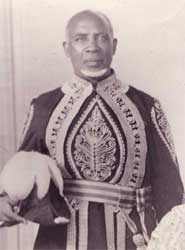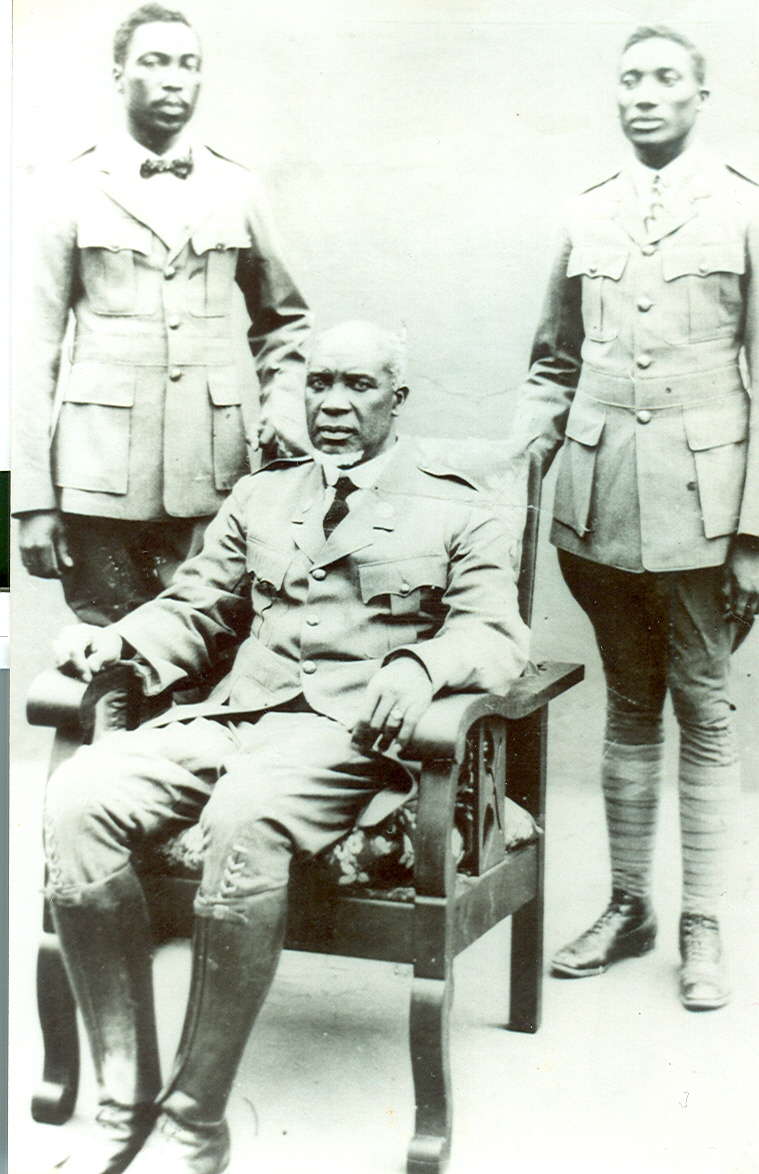|
|
|
  |

Litia Yeta III


Litia Yeta III
He was King Lewanika's first son and was entrusted in the hands of the missionaries. He attended school at Sefula mission then went to South Africa. He was believed to be very spiritual and very kind man. Upon his graduation in Cape town South Africa he was called to become senior chief of Sesheke at Mwandi Royal Establishment. His rule extended across the Zambezi river to Zimbabwe, Botswana and Caprivi Strip area in present day Namibia where his mother, Ntelamo, was born.
His young brother Imwiko was at the top of his class in England where he proved himself to be studious. So when King Lewanika died in 1916, they transferred Litia who was hair apparent from Sesheke to replace his father as Litunga of Barotseland at Lealui. Litia had two teenage boys, Prince Daniel Kufuna Yeta born in 1902, and Prince Edmond Fredrick Kaluwe Yeta born in 1905. The Litunga sent his young boys to Barotse National school, present Kanyonyo and Kambule, along with their little uncle Godwin Mbikusita Lewanika also born 1905, under the care of Mr. Mun'ganga, who later became an elder in the SDA church at Wenela, now Mongu main Church.
Litia Yeta III ruled Barotseland for 29 years fulfilling most of his father's unfinished agenda. He continued diplomatic relations with Great Britain under the terms of the protectorate and treaties initiated by his father. He allowed the establishment of other Christian denominations in Barotseland aside from the French Missionaries. In 1936 the Seventh day Adventists began their ministries in Barotseland. They established their presence at Silolo in Sesheke, Sitoti in Shangombo, Nasilimwe in Senanga, and Liumba Hill Mission in Kalabo. He named his first son Daniel Kufuna as chief of Zambezi in North western province, then Barovale, and Kaluwe became his personal secretary or adminstrative assistant to the Litunga, a position they co-occupied together with his uncle Godwin Mbikusita. Litia continued with bonded labor, art crafts and trade of timber and agricutural products. In 1937 he was invited by the British government to attend yet another coronation. The Litunga travelled with, among others, his Ngambela, his young brother and personal secretary Mbikusita Lewanika, and others.
Yeta III is credited for establishing Mwandi Royal village in Sesheke and Limulunga Royal village in Mongu. He also built the current palace at Limulunga. Shortly after this the Litunga's health began to deteriorate. A stroke paralized his ability to speak for a long time and eventually died in 1946, and was laid to rest in Mulumbo.
when he could not function, his young brother Mwanan'gono Imwiko took over in 1945.
.jpg)
Above, is Prince Edmond Kaluwe Yeta, the Litunga's second son in 1930 sitting with his little sister Princess Nakatindi Yeta on the left, who later became Chief at mwandi in Sesheke, and Prince ILute Yeta standing in the middle, who later became the Litunga of Barotseland in 1977. Below from left to right standing are Daniel Kufuna, the Litunga's first son and EF Kaluwe, second son. The Litunga Litia Yeta III, is sitting in the middle. This was during the second world war in 1940.
Both young princes fought in the second World War. Kaluwe was trained at Kabete Military Camp in Kenya with the likes of Mr. Nyundo, Edwards, Malilwe and others. Today that place is a hospital near Kisumu.

Additional links on this topic:
|
|
|
 |
|